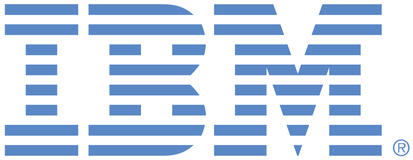
This portal is to open public enhancement requests against IBM Power Systems products, including IBM i. To view all of your ideas submitted to IBM, create and manage groups of Ideas, or create an idea explicitly set to be either visible by all (public) or visible only to you and IBM (private), use the IBM Unified Ideas Portal (https://ideas.ibm.com).
Shape the future of IBM!
We invite you to shape the future of IBM, including product roadmaps, by submitting ideas that matter to you the most. Here's how it works:
Search existing ideas
Start by searching and reviewing ideas and requests to enhance a product or service. Take a look at ideas others have posted, and add a comment, vote, or subscribe to updates on them if they matter to you. If you can't find what you are looking for,
Post your ideas
Post an idea.
Get feedback from the IBM team and other customers to refine your idea.
Follow the idea through the IBM Ideas process.
Specific links you will want to bookmark for future use
Welcome to the IBM Ideas Portal (https://www.ibm.com/ideas) - Use this site to find out additional information and details about the IBM Ideas process and statuses.
IBM Unified Ideas Portal (https://ideas.ibm.com) - Use this site to view all of your ideas, create new ideas for any IBM product, or search for ideas across all of IBM.
ideasibm@us.ibm.com - Use this email to suggest enhancements to the Ideas process or request help from IBM for submitting your Ideas.
The CAAC has reviewed this IBM Idea and recommends that IBM view this as a high priority Idea that is important to be addressed.
This would make it easier to code and having case sensitivity when its not needed is going to push people away from this solution.
Background: The COMMON Americas Advisory Council (CAAC) members have a broad range of experience in working with small and medium-sized IBM i customers. CAAC has a key role in working with IBM i development to help assess the value and impact of individual IBM Ideas on the broader IBM i community and has therefore reviewed your Idea.
For more information about CAAC, see www.common.org/caac
Carmelita Ruvalcaba - CAAC Program Manager
If the normalization of a HTTP header field results in a duplicate field name, the values should be returned as a JSON array. For example:
Db2 for i development team
IBM Power Systems Development